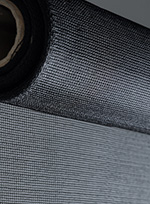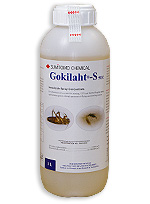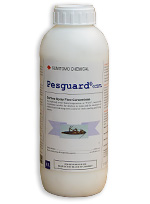Carpenter Ant
With their strong mandibles, Carpenter Ants build their nests by chewing and hollowing out wood. Unlike termites, however, they do not consume wood. In nature these ants hollow out trees and prefer dead and damp wood. However, in urban environments they have become a nuisance as they can cause major structural damage to buildings.
The ants are attracted to sweet and greasy substances, and rarely come into contact with humans. Signs of their infestation include sawdust, wet wood or unusual noises coming from walls.
Appearance
- Black but also has black and red variants
- 2.5cm long
Habits
- Can damage wood by hollowing it out for nesting
- Nests likely to be found in wood dampened by water leaks
- If a nest is nearby, the pest will often respond by making a "rustling" sound within the nest, similar to the crinkling of cellophane
Life Cycle
- 3–6 years for a colony to become large and stable
- 6–12 weeks from egg to adult.
Signs of Infestation
- Look out for ant nest, which usually appear like a small pile of soil or dirty
- Regularly spotting individual ants in unconventional places, such as your bedroom or the bathroom




